Rice fields and houses with small vegetable gardens stud both sides of the highway from the airport to the city center of Taipei, giving a glimpse of how agriculture is still an important part of many Taiwanese despite the world-renown high-tech industries of the country. Verdant hills and ornate Chinese temples rise among the fields, reminders of how the locals are doing their best to preserve the environment and their culture. However as our bus goes deeper into the city, blocks of dreary high-rise residences covered in uninspiring bathroom tiles create a rather dull ambiance to the city.
Taipei has become the provisional capital of the Republic of China (ROC) – better known as Taiwan – since the Chinese nationalist party of Kuomintang resettled to the island in 1949 following their defeat from the Communists in the Chinese Civil War. Based on the constitution of Taiwan the capital of the country is Nanjing – today one of the biggest cities in Mainland China – a fact that has become one of the perennial issues straining the relations between the two countries across the strait.
Historically Taiwan has been an integral part of China since the late 17th century following the Dutch and Spanish rules a few decades earlier. In the late 19th century the Japanese annexed the island until their defeat in the World War II. They not only made the island merely a colony but also developed the infrastructure – the railways, sanitation system, and formal education system to name some. All were instrumental in propelling Taiwan to be one of Asia’s foremost economic powers decades later.
Today Taipei boosts a wealth of Japanese heritage including government offices and old wooden houses. “These alleys look like in Japan” James explains to me while walking down Yongkang Street – where narrow alleys crisscross one another.
When the Nationalists’ campaign against the Japanese in the mainland culminated, Chiang Kai-shek ordered the evacuation of Forbidden City’s most valuable treasures to prevent them from falling to the hands of the Japanese. However after the defeat from the Communists, Chiang Kai-shek further commanded the evacuation of those artifacts to Taiwan. Despite the unsuccessful effort to transport all of them to Taiwan, those which made it to the island were some of the best, finest and most exquisite treasures from 8,000 years of Chinese history. Today nearly 700,000 artifacts call the National Palace Museum in Taipei their home – making it one of the largest museums in the world.
James and I walk around the Peace Memorial Park after escaping a rather bizarre morning conversation with an old woman dressed in untidy dark clothes but surprisingly spoke good English near the main train station. Chirping sparrows and students playing violins break the silence of the park, an oasis in the middle of the concrete jungle. Walking further south a wide avenue stretches from the presidential office – built during the Japanese occupation – all the way to Jingfu Gate (East Gate) – one of the five historic gates of Taipei. On both sides of the avenue large flags of Taiwan and the Marshall Islands – one of the very few countries which maintain diplomatic relations with Taiwan – are hoisted.
Before the 1970s most western countries maintained diplomatic relations with the ROC. However since the UN recognized the People’s Republic of China (PRC) as China’s sole representative in the organization in 1971, other countries gradually switched their recognition to the PRC. To date only 23 countries still maintain diplomatic relations with Taipei instead of Beijing. However most countries do maintain unofficial relations with ROC through its economic and cultural offices around the world.
The ROC has since repeatedly bidden for UN membership, to no avail. On their latest attempt in 2007 the ROC decided to use the name ‘Taiwan’ instead of strictly imposing the name ‘Republic of China’ in their UN membership bid. As was the case with the previous membership bids, it was also rejected by the UN.
Walking further eastward, we find one of Taipei’s most distinguished landmarks. Sitting at the far end of a vast square flanked by the colorful National Concert Hall and National Theater, the whitewashed wall of the National Chiang Kai-shek Memorial Hall stands elegantly, topped by an octagonal blue-tiled roof. Entering the main hall after climbing 89 steps – representing Chiang Kai-shek’s age at the time of his death – a smiling bronze statue of the Generalissimo sits under a caisson ceiling decorated with the emblem of Kuomintang, the Nationalist Party.
Beneath the concrete structure a large hall functions as the exhibition center and the museum of the memorial hall. Walking inside, we stop for a while, fixated to the words printed on a large banner in a rather propagandistic tone praising the late Generalissimo. Some people might find it painful as Chiang Kai-shek imposed dictatorship during his rule and declared Martial Law in 1948 which was not repealed until 1987 – one of the longest periods of martial law in modern history.
Despite its depressing past, today Taiwan is a thriving democracy with one of the highest GDP per capita in Asia. Almost all computers’ motherboards in the world are manufactured in Taiwan, as well as various components of electronic devices marketed throughout the globe. Taipei 101 – the tallest building in the world from 2004 until 2010 when Burj Khalifa in Dubai was completed – becomes the icon of a modern Taiwan which at the same time still holds on traditional values.
Even though things seem promising today, the uncertainties remain and the public is still widely divided. Taiwan will always continue to seek for the best solution for its people and the inter-strait relations. In the meantime it opens its heart to welcome visitors who want to do business, do the shopping spree, indulge in culinary adventure, or venture to the beautiful landscapes of the south.
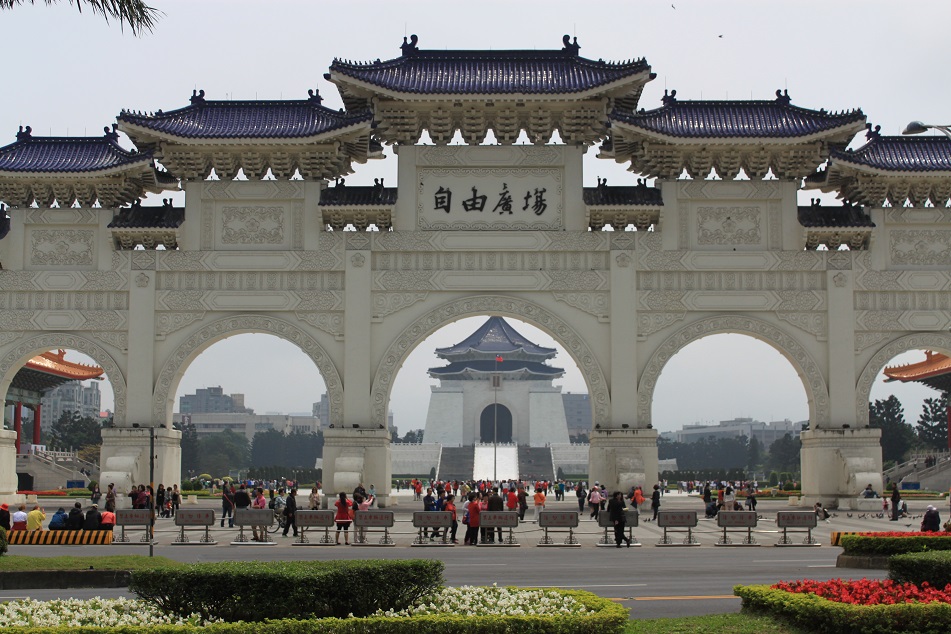
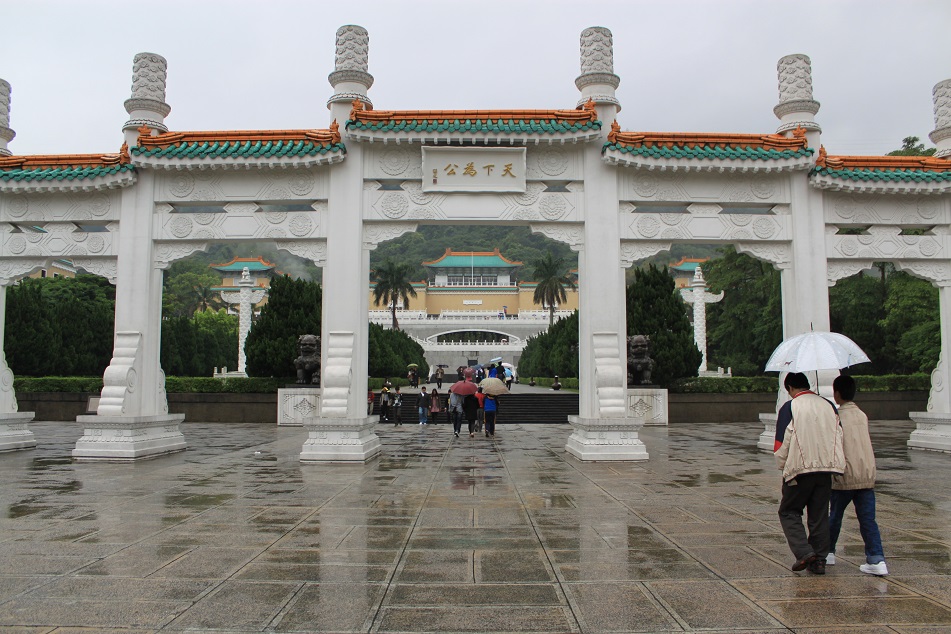

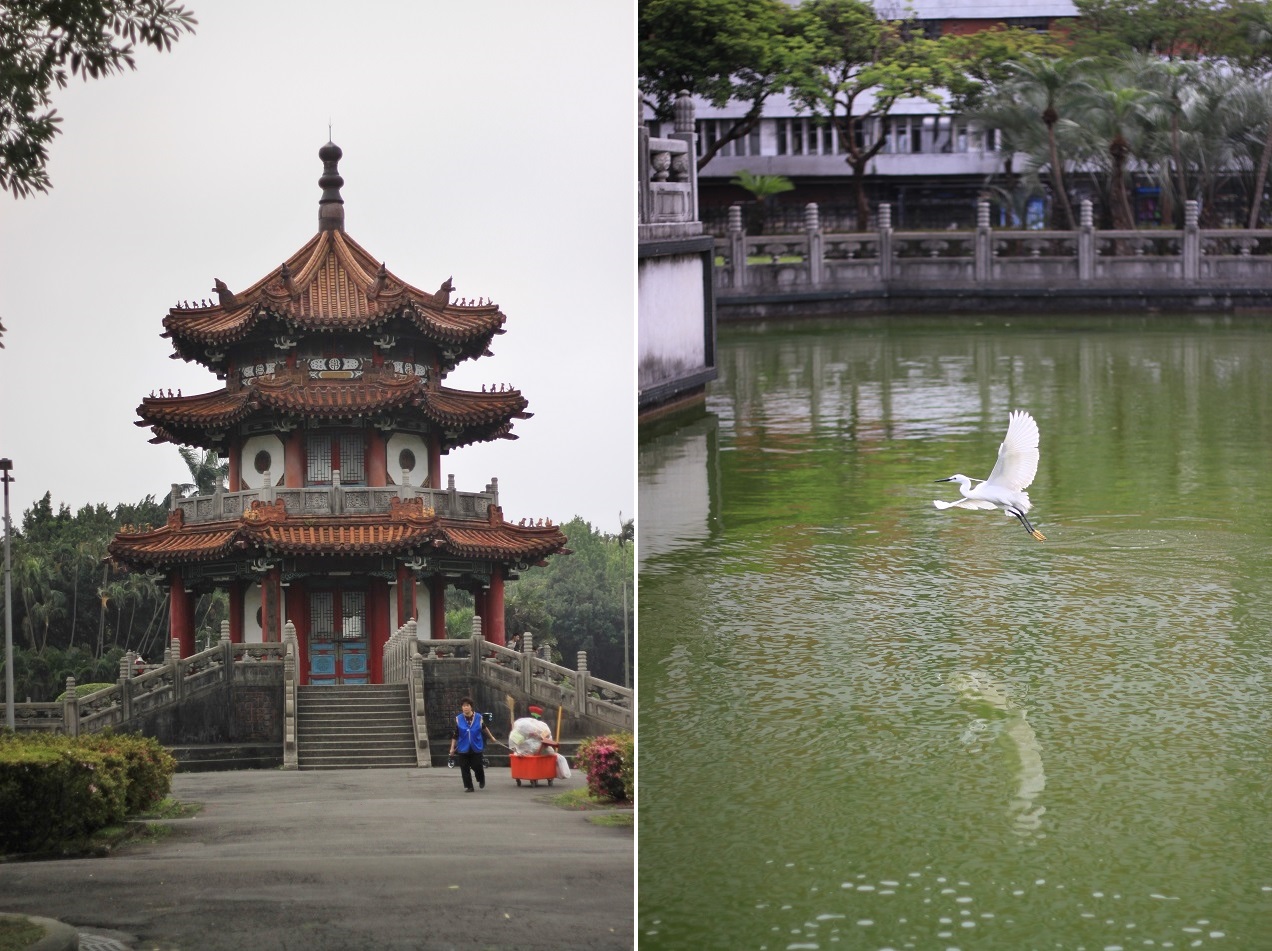
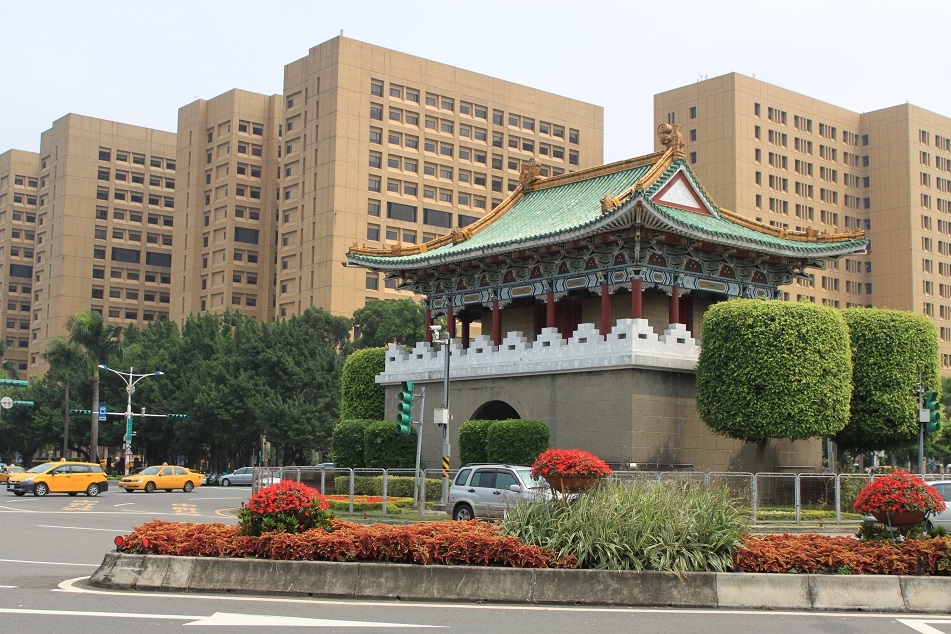

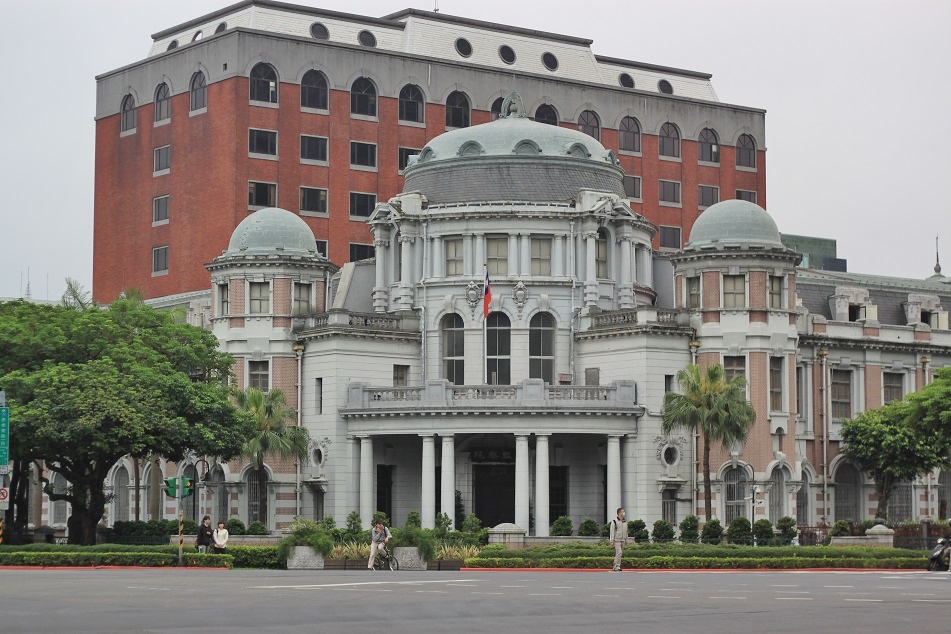
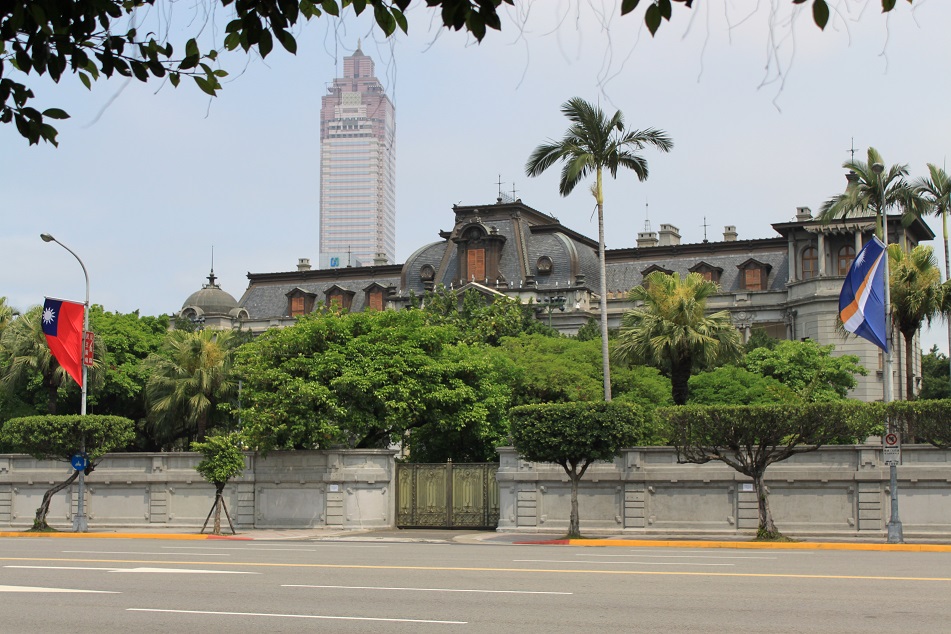
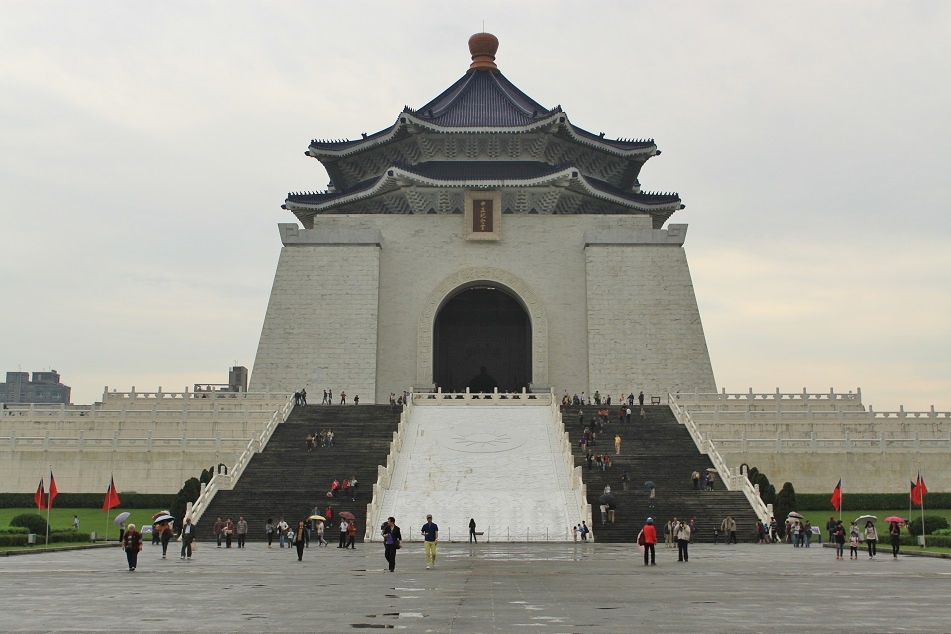
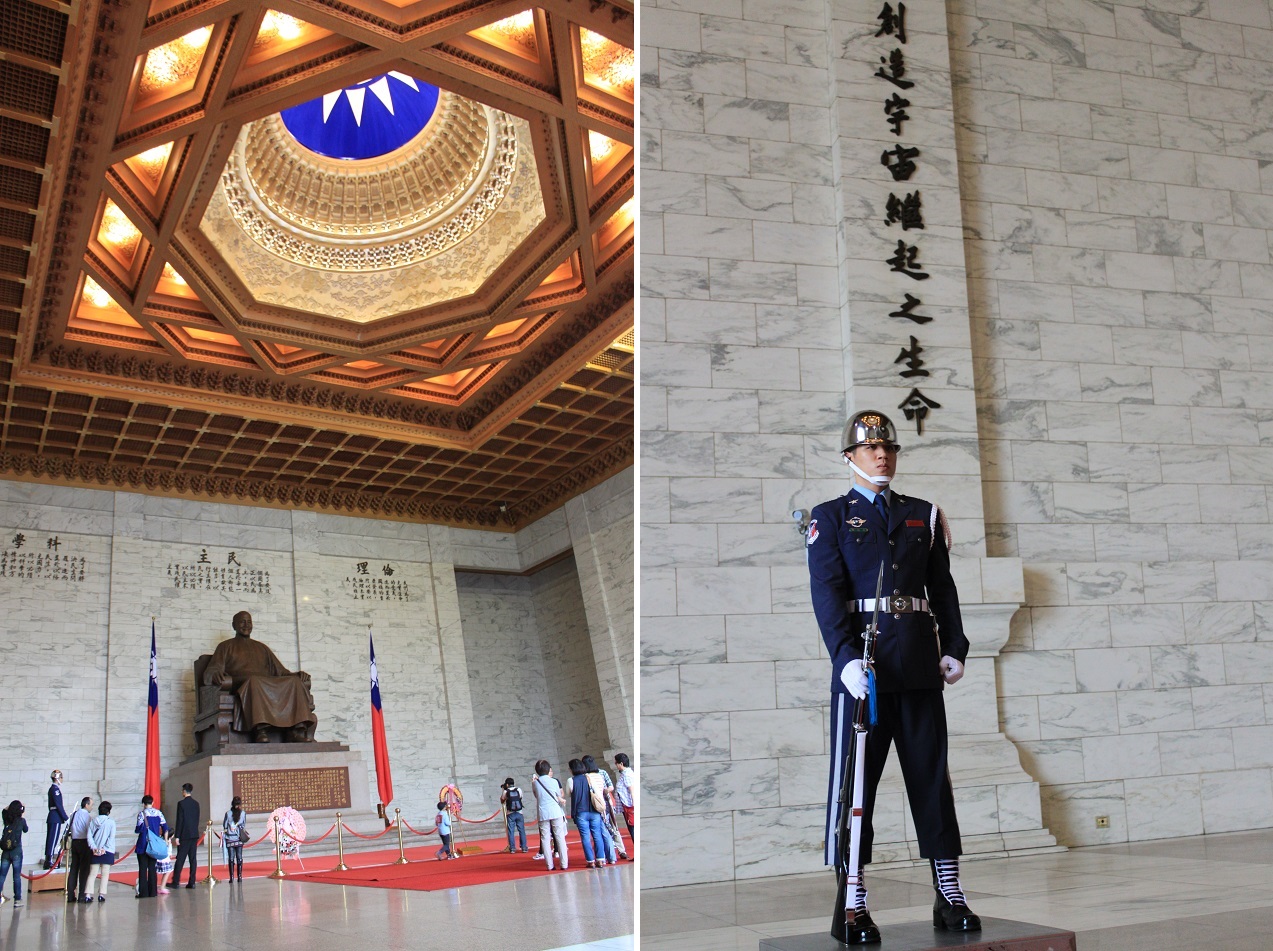
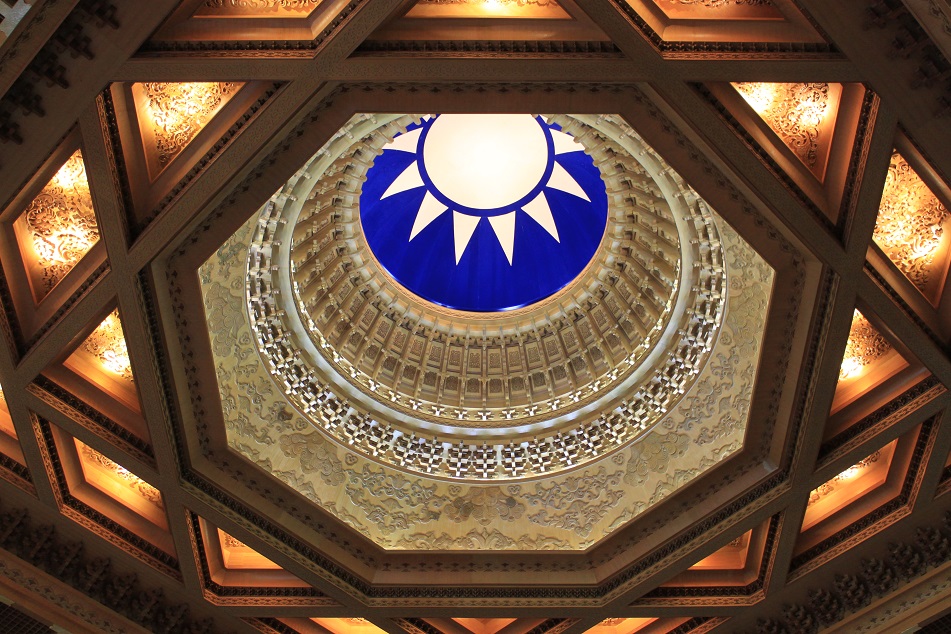


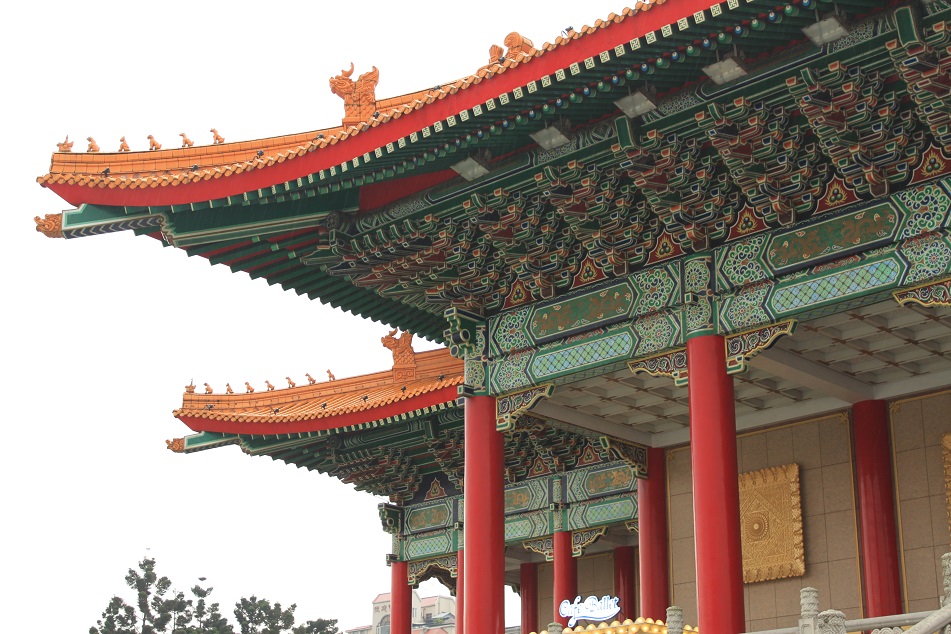
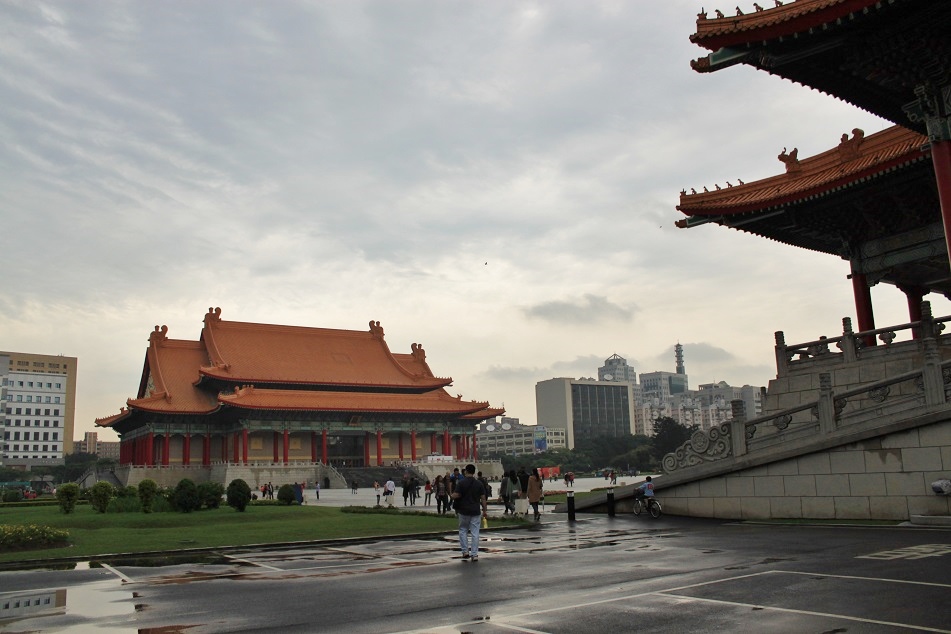

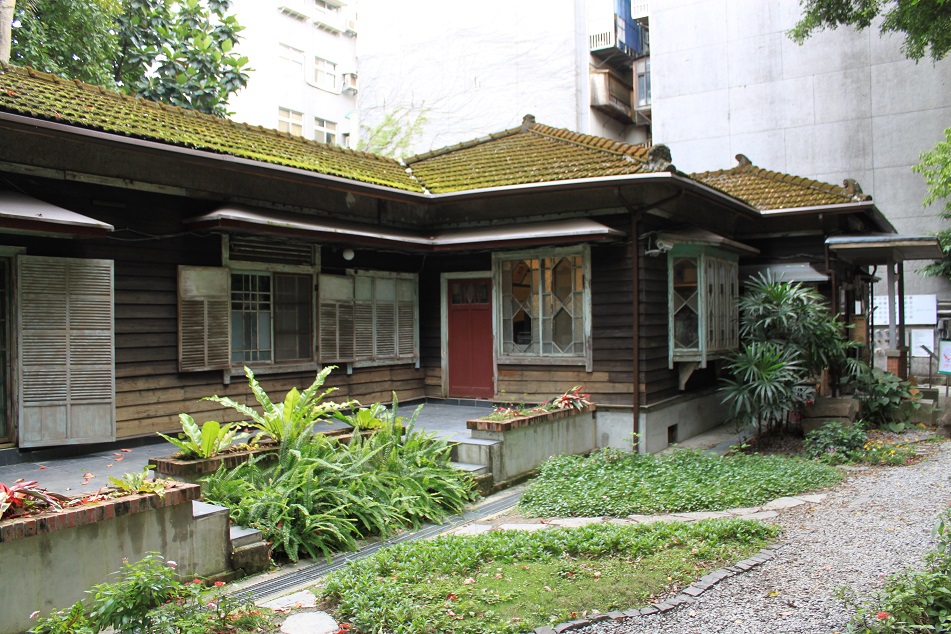
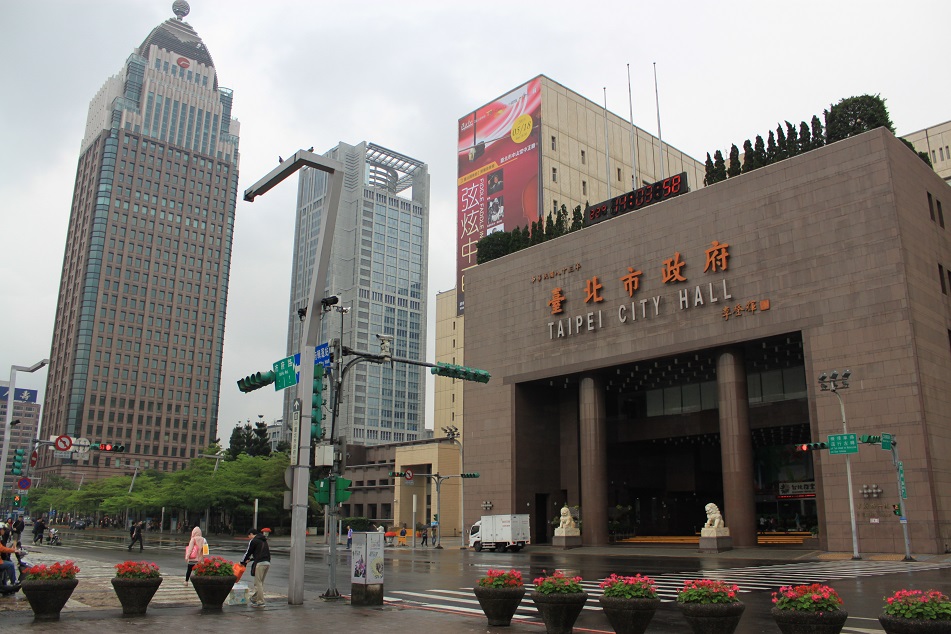
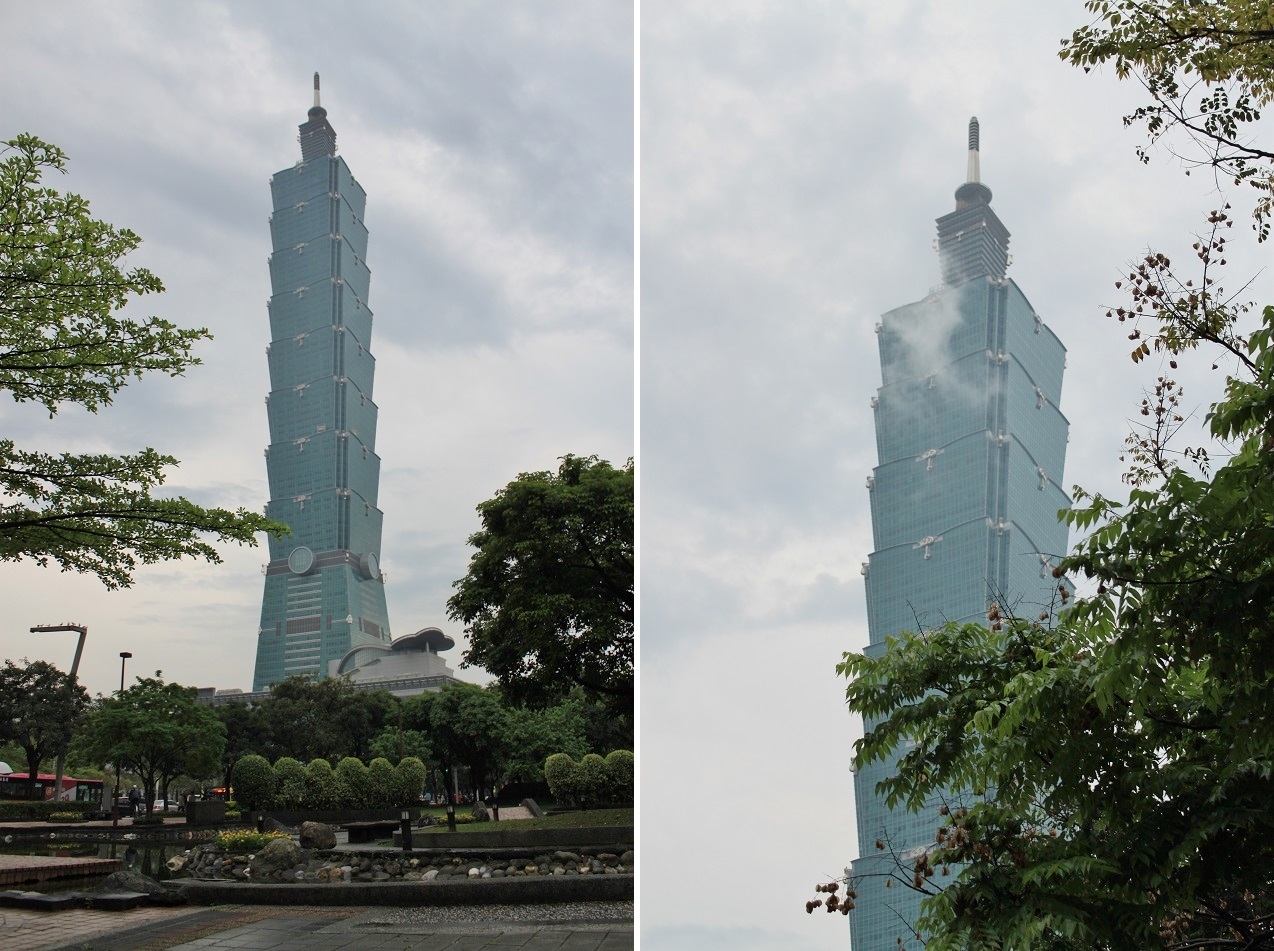
It’s really interesting to see a ‘new’ city built to such grand imperial scale.
LikeLike
Hi Meredith! James told me that Taiwan was very special for the Japanese. That’s why they put a lot of efforts to build the city into such scale.
LikeLike
I enjoy the details Mas Bama. Love it as always. Keren. 🙂
LikeLike
Thanks Mas Alex. If only the weather was nicer. 🙂
LikeLike
I like the old house…
LikeLike
There are a lot of old Japanese houses in Taiwan. Most of them are still well-preserved and fully functional. I was a bit unlucky though as one of the most famous old Japanese houses which is now a cafe was fully booked the time I went.
LikeLike
Just stunning.
LikeLike
Thanks Dafet! Do visit Taiwan and go beyond the cities.
LikeLike
Loved the historical background on this one Bama – I was thinking of using the same approach but you had me pipped to the post! As Meredith said, parts of Taipei do look surprisingly imperial… the KMT had grandiose plans to turn Nanjing into the Chinese version of Washington D.C. but they could only achieve a small fraction of that in Taipei.
LikeLike
I should have given the credit to you James for being the best tour guide ever! I remember how you explained the brief history of Taiwan when we were at the Liberty Square. From the look of the wide avenues and beautiful government buildings I can tell that Taipei was built to inspire. It still does in a way, to some extent.
LikeLike
Well detailed and such pretty pictures! thanks for a real eye opener, with history, socio-cultural, political and current issues fairly well covered and woven into the travelogue.
LikeLike
Thanks Kiran! I’m glad you enjoyed this post. To be honest Taipei was a fine city where you wouldn’t see much other than shopping malls and night markets. But it is a good place to start if you want to understand better about Taiwan and its uneasy history and current situation.
LikeLiked by 1 person
Oh, my goodness. Amazing photos. I feel that I have taken a tour.
LikeLike
Thank you so much Rosemarie! I still have more stories from Taiwan. 🙂
LikeLike
Reblogged this on Voices and Visions.
LikeLike
Thank you for sharing! I will visit Taipei one day..
LikeLike
My pleasure! Do visit Taipei, but I suggest you to also go to the highlands or the outlying islands for the true beauty of the natural landscape of the country.
LikeLike
Thanks for all of the information! It’s great to truly learn a lot as you travel rather than just seeing the sights, and it’s very generous of you to share all of this information! My curiosity is peaked, especially in the fact that the UN has denied ROC membership. I wonder why that is…? I know absolutely nothing about what the political situation is like, but seriously thanks for educating me! 🙂
LikeLike
My pleasure Nina! I always find it fascinating to learn a little bit about the history of the places I go. It helps me understand things much more clearly and how to put things in better perspectives. As with ROC’s denied membership bids, don’t forget that their archrival is one of the permanent members of the UN Security Council. They can veto any attempt by the ROC to bid for UN membership. Anyway, thanks for dropping by! 🙂
LikeLike
Great background information. It helps to understand the area, The pictures show the texture of life there.
LikeLike
Thanks for dropping by, Leslie!
LikeLike
Loving your pics of Taipei… Knowing their background history def helps in appreciating what you see.
LikeLike
Thanks Jill! Taipei was nice but the highlight of my trip to Taiwan was Orchid Island, one of the most fascinating islands I’ve ever visited. More on that later! 🙂
LikeLike
Nice post Bam! The pictures are astonishing despite the unfriendly weather. I do love your perspective on taking those photographs. They are “wholesome” for readers who haven’t been there (and certainly attract me to go there one day).
Well, I heard that the other interesting posts are yet to come, so this one is a good teaser.
LikeLike
I love the photographs despite the unfriendly weather Bam. Your perspective on those objects is definitely good. Your narrative and photographs attract me to wonder when I am going to visit Taipei (I really am wondering). Well, I heard that the other great stories are yet to come, so good job on this one Bam. Really good teaser 🙂
LikeLike
Thanks Bin! I really can’t wait to write on Lanyu, but I still have two more posts to come before that. I sent some pictures of the island to your email and man, it really is a beautiful island!
LikeLike
Hi Bama, I know that Japanese colonized by Taiwan but I didn’t realized that their marks are still deeply embedded up to this day. I think it’s said that the UN and most countries still observe “One China Policy.” I believe that Taiwan deserves to be recognized as a sovereign country.
LikeLike
Hi Marisol! I was surprised to see how the Japanese left so many influences in Taiwanese culture. One of the simplest things that I noticed was how the cake packaging reminded me of the way Japanese do it. Practically Taiwan has everything a sovereign country has and the fact that it maintains unofficial relations with countries around the world is one of the solutions on how to not challenge China but still able to forge deep relations with others.
LikeLike
Great pictures – your post took me so close to the city, and now I feel like visiting the city. Is the weather always so awesome over there?
LikeLike
Actually the weather was rather gloomy the time we went. It was overcast most of the days with some drizzling now and then. Anyway, thanks for dropping by!
LikeLike
Great post Bama. Thanks for filling in the blanks of my rather sketchy knowledge of KMT history Victory square seems almost as grand as Tianamen!!
LikeLike
Thanks Madhu and you’re welcome! 🙂 In fact I haven’t been to Beijing but when I go back to China one day I’ll make sure to visit the northern capital. As for Taiwan, I do wonder how things will be decades from now. Towards the betterment of both sides I hope.
LikeLike